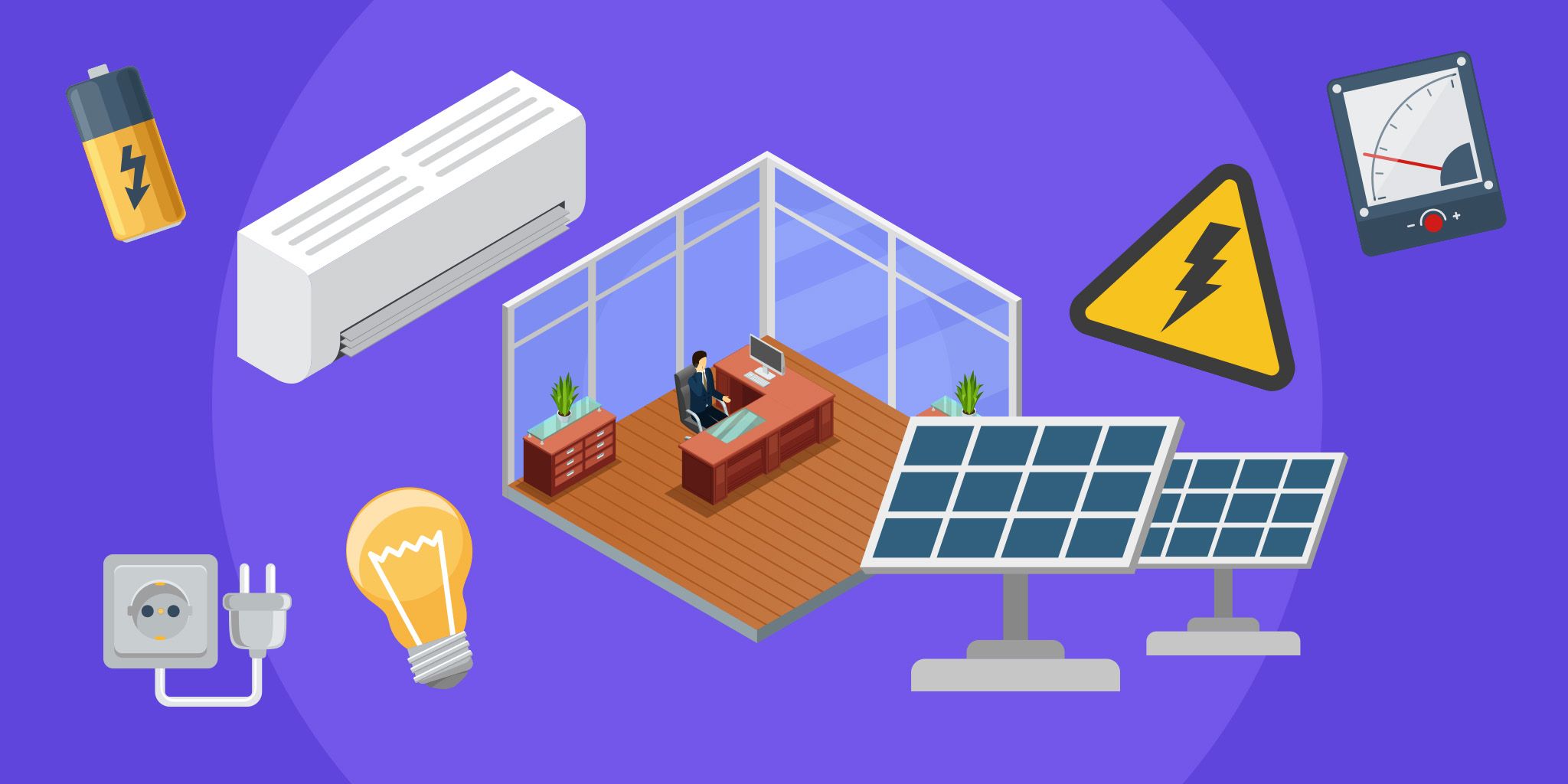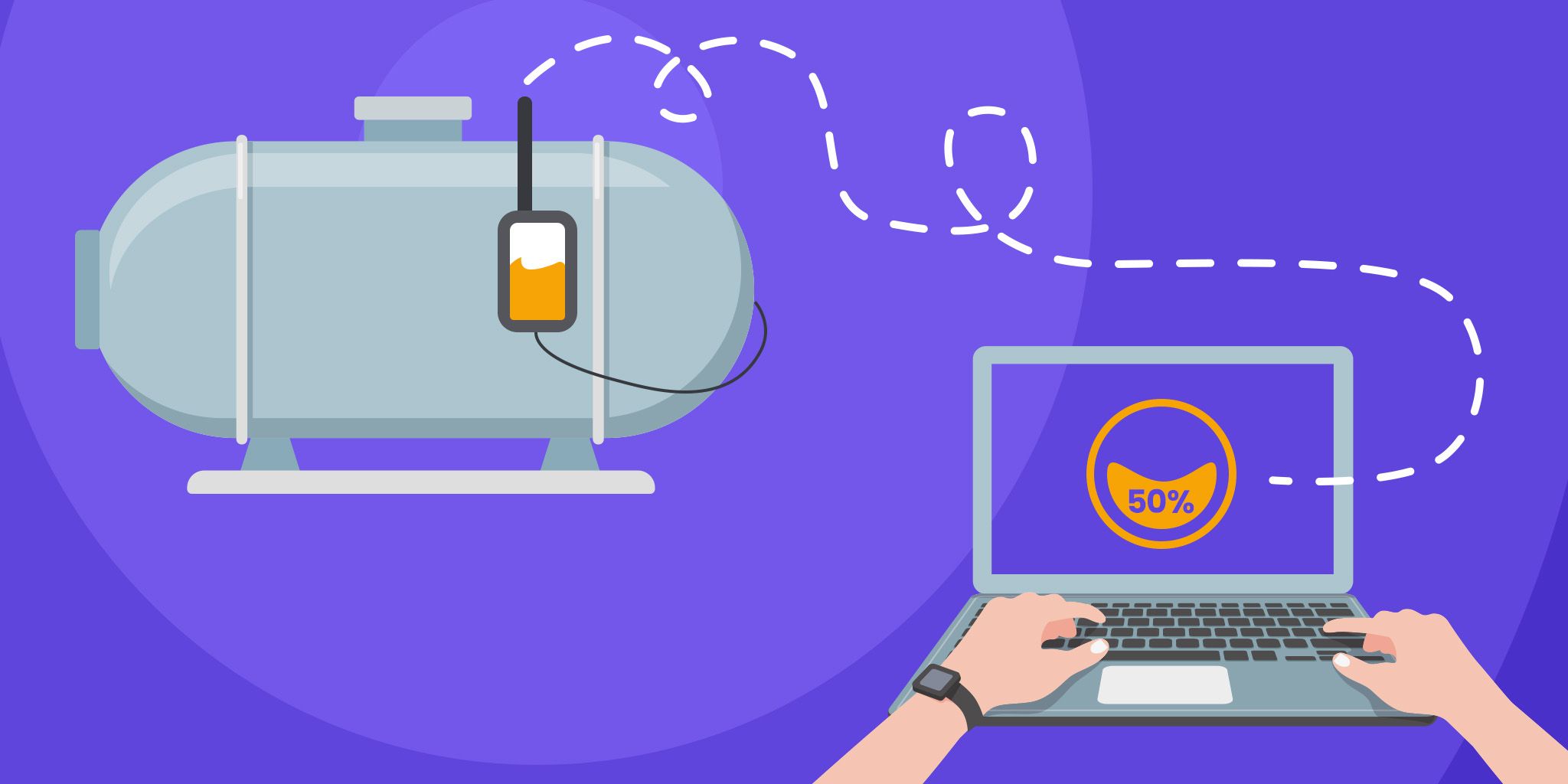Battery Life Guarantees: Is “Up to 5 Years” Good Enough?
Battery Life Guarantees: Is “Up to 5 Years” Good Enough?
- Last Updated: December 2, 2024
Qoitech
- Last Updated: December 2, 2024



One of the key questions any IoT buyer asks is, “How long will this device last in the field?”
For IoT manufacturers, that’s a tricky question. Battery life depends on many factors, from data throughput to surrounding temperatures and more. The safest bet is to frame your guarantees in terms of optimal performance: “Up to five years on a single charge!” There’s a reason that’s how most IoT companies advertise their products today.
Surely, however, your customers are more interested in minimal battery life. They’d rather plan for baseline performance than hope for the best.
If we can’t offer exact guarantees on IoT battery life—which, given the complexity of energy use, isn’t usually realistic—can we at least switch from advertising maximum lifespans to minimum ones? The answer is yes: It is possible to move from “up to five years” to “at least two” with confidence.
All it takes is a change in development philosophy, and minimum lifespan promises start to make sense—even for massive and embedded IoT deployments. Keep reading to find out how.
How a Low Power Mindset Reveals Accurate Battery Lifespans
There are two main reasons an IoT developer might avoid sharing minimum battery life: Either they don’t know, or they’re not proud of their product’s current performance.
The development philosophy we’re calling the Low Power Mindset can help with both. It tells you how your batteries will behave, and it helps you optimize battery life so you can achieve a lifespan you’re proud to share.
Before we get into how, here’s what we mean by a Low Power Mindset:
The Low Power Mindset is an approach to IoT product development that centers battery life across the whole development stack. It requires continuous energy-use testing, with each stakeholder taking responsibility for their work’s impact on battery performance in the field.
Adding a new software feature? See how it affects battery life. Building with a small form factor? Test small batteries to see if they can deliver on your power needs. Continuous power measurements allow you to pick the right battery for every use case—and there are serious costs to releasing a product with the wrong battery.
These costs range from prolonged release timelines to much higher costs, to a brand-damaging failure in the field. A Low Power Mindset helps avoid these outcomes. So how does it work?
To adopt a Low Power Mindset, include the following tasks in each step of your development process:
- Study your device’s energy profile. Run it through every possible use case, and note the differences—for instance, how do different temperatures affect battery performance?
- At the same time, record an energy profile for the battery across the same use cases.
- See if the device and battery energy profiles line up.
- If the battery can’t keep up with demand, you can either look at other battery types or pare back your product’s offerings.
- If a battery fails in one use case, but not another, be prepared to diversify your product line-up. You may need to use different batteries for different use cases. You can’t always deliver consistent performance with a single SKU; often, you need one battery for sunny Spain and another for snowy Sweden, for example.
- Continue to check your energy-use measurements even after deployment. Verify and re-verify your starting assumptions.
Measure hardware, software, and firmware for energy use. Do this every time you consider making a change, anywhere in the development process and beyond.
Not only does continuous measurement avoid disasters down the line, but it also gives you accurate measurements for common battery life. By the time you’re ready for release, you can accurately advertise your devices as offering “at least X years of battery life under normal operating conditions.”
In other words, with all the data in hand, you can make accurate minimum lifespan guarantees. Your buyers will have the information they need to choose your product above the competition. Ongoing maintenance testing will ensure you keep your promise with every software and firmware update, too. Include power measurements in your continuous integration, and extend the Low Power Mindset across the entire life of your devices. So how do you get started?
What You Need to Adopt a Low Power Mindset in IoT Development
As you might have noticed, the Low Power Mindset depends on lots of testing. Busy engineers won’t take the time to run these tests if they’re not quick and simple. Luckily, help is available. Look for the following software and hardware tools to bring the Low Power Mindset to your next IoT development project:
- An energy optimization tool. Look for an instrument that measures voltage and current, along with easy-to-use software for turning information into insight. The right power analyzer will show developers what drains energy, so they can optimize battery life across the development stack.
- A battery profiling tool. Battery profiling software allows you to build a profile for each of your product’s use cases, and then see how these use cases affect battery life.
- A battery emulation tool. Some battery testing hardware accurately simulates the behavior of a battery, showing you exactly how your chosen battery will perform within your profiles. These products allow you to choose from all common battery types to run simulated tests before making a commitment.
Often, power testing solutions bundle several or all of these capabilities into a single product. By providing your engineers with testing tools like these, you make it easy to adopt the Low Power Mindset. That way, you don’t have to advertise your product as lasting “up to 10 years.” You can confidently say they will last “at least five.”
Your customers will thank you for your honesty, and your products will stand out in a world of maximum lifespan claims. That’s the power of the Low Power Mindset. Try it today.
The Most Comprehensive IoT Newsletter for Enterprises
Showcasing the highest-quality content, resources, news, and insights from the world of the Internet of Things. Subscribe to remain informed and up-to-date.
New Podcast Episode

The State of Cybersecurity in IoT
Related Articles





